When I first heard about AI stepping into the realm of music, I was intrigued but skeptical. Could technology really grasp the nuance and emotion of music composition? As a tool commonly recognized for its analytical and data-processing capabilities, artificial intelligence has now extended its reach into the domain of the creative arts.
As a seasoned composer, I’ve watched the conversion of music from sheets to screens, and now, we’re welcoming AI-driven chord progression tools into the mix. This isn’t about a robot stealing the artist’s quill; rather, it’s about providing a new brush for the contemporary musician’s palette.
If you’re like me, you have questions about these tools. How do they work, and can they match human creativity? I had my doubts, which is why I immersed myself in the subject, and what I’ve discovered might surprise you. The reality of what AI can (and can’t) do proves both fascinating and grounding for our artistic ambitions.
Related Posts:
- How AI Is Revolutionizing The Songwriting Process
- EZMIX 3 AI Mastering – First Look Video
- Grok2 Image Generator
- AI Vocals & Sample Packs 4 PLUGINS THAT SING
- FREE MIDI Pack Generator
The Mechanics of AI-Driven Chord Progression
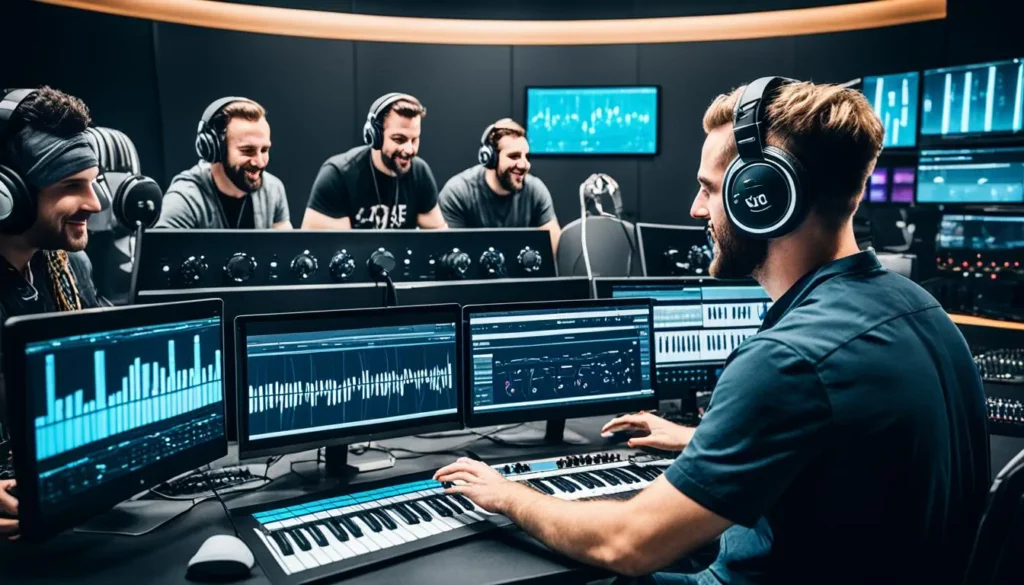
Chord progressions lay the foundation for much of the music we hear today. They’re sequences of chords that are crafted to provoke emotional responses and musically tell a story. At its heart, creating these progressions is an art form, reliant on theory, creativity, and often, intuition.
Enter the realm of artificial intelligence, where complex algorithms can now undertake the traditional role of a human composer, at least to some degree. AI that generates chord progressions uses machine learning to analyze vast amounts of music. It then identifies patterns and structures within genres, styles, and even the works of specific artists.
Such software can reduce the time it takes to develop chord progressions from hours to mere minutes. A musician might start by inputting a melody or a set of desired chord qualities. The AI then processes this input, swiftly offering a variety of harmonically compatible progressions.
Programs like IBM’s Watson Beat, AIVA, and Google’s Magenta are prominent examples of AI-based music composition software. They have democratized music production, making it more accessible to people who may have less training in music theory but possess a passion for musical exploration.
Of course, while these tools are powerful, they aren’t a replacement for human creativity. They’re better viewed as assistants that can present options, inspire new directions, and streamline the creative process.
3 Speed Songwriting Apps | Instance Chord Packs Melody Writing AI Tools & More
Benefits of Using AI for Chord Progressions
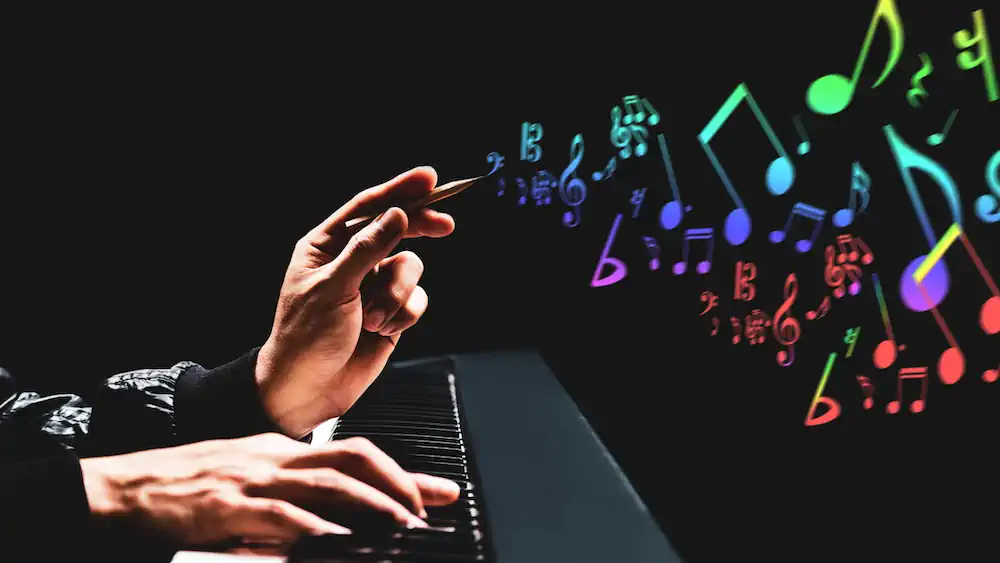
It’s easy to see why musicians might turn to AI to help with chord progressions; the benefits are compelling. Perhaps most notably, these tools can be a wellspring for creativity. What happens when I hit a wall with my melody? AI can offer a fresh perspective, suggesting chords I might not have considered. They push the boundaries of what I’m accustomed to and lead me to uncharted territory, musically speaking.
Beyond the innovative spark, there’s also the undeniable boon to productivity. I’ve found that with AI assistance, I can flesh out the bones of a new track much faster. There’s less time spent on trial and error, and more time refining and building upon the ideas the AI has provided. It’s about working smarter, not harder, to bring my musical visions to life.
And let’s talk about those moments of creative blockade. Every musician encounters them at some point. During these times, AI-driven chord progression tools can be the lifeline that rescues my productivity. When I’m struggling to move forward in a composition, a novel AI-generated progression can kickstart my inspiration, leading to a surge of new ideas and directions for the piece.
It’s crucial, however, to not become overly reliant on these tools. They’re here to augment creativity, not replace it. I remind myself to maintain a balance – to use AI as a catalyst rather than letting it dictate the whole creative process. This way, the music remains unmistakably mine, infused with the uniqueness of human touch.
But before diving too deeply into integrating AI suggestions into my work, I must first understand how they fit into the broader context of my workflow. Up next, I’ll explore practical tips for merging these AI tools with personal artistry, ensuring that the final composition resonates with authenticity and individuality.
From Theory to Practice: Integrating AI Suggestions into Music Creation
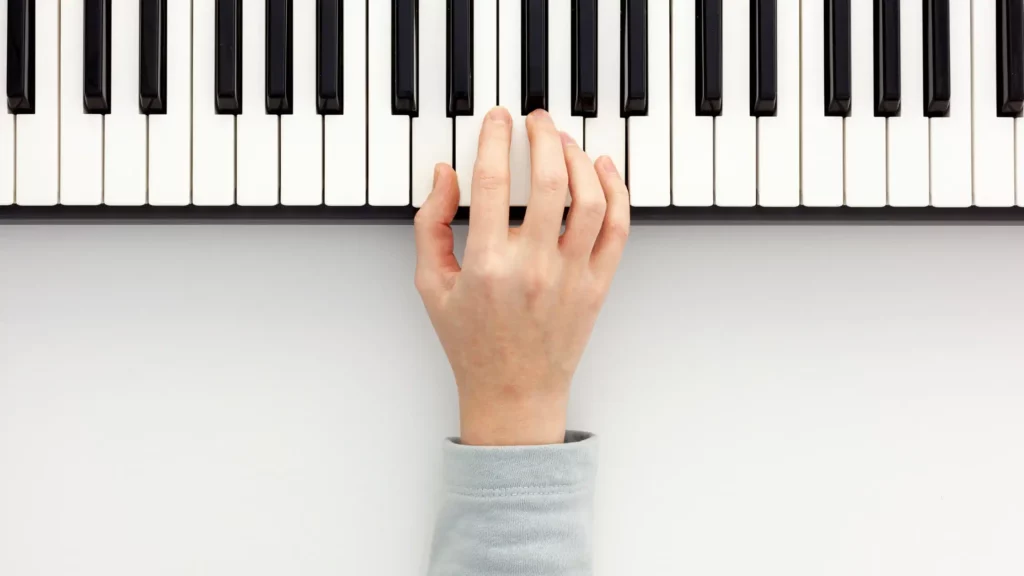
I’ve seen the transformation that comes when composers blend AI suggestions into their workflows. It’s an innovative era we’re in, and the fusion of technology with traditional music-making is reshaping the scene. Here’s how to make it work for you.
Step one is picking the right AI chord progression tool. Look for software that compleits your style and feel. Start by exploring popular options like AIVA, Amper Music, or Chord AI.
Next, learn the features of your chosen tool. Know how to ask it for different styles, tempos, and complexities. Most tools allow you to input a starting point, like a key or a mood. This is where you steer the AI in the direction you want.
Then, actually apply the AI’s suggestions. Play or program them into your Digital Audio Workstation (DAW). This makes them part of your production. Trust your instincts—if a suggestion isn’t quite right, tweak it until it fits what you want to convey.
Finally, remember that AI is a tool, not a replacement. Use the suggestions as a starting point. Your knowledge and human touch will make the difference between a good track and a great one.
Moving from theory to practice can be smooth if you remain open and flexible. It’s about harnessing AI’s speed and ideas while exerting your creative control. This combination can lead to innovative and unexpected musical journeys.
As you get more comfortable with AI suggestions, the line between where the machine’s input ends and your creativity begins may blur, often leading to a synergistic blend of man and machine.
Navigating the Ethical Landscape of AI in Music
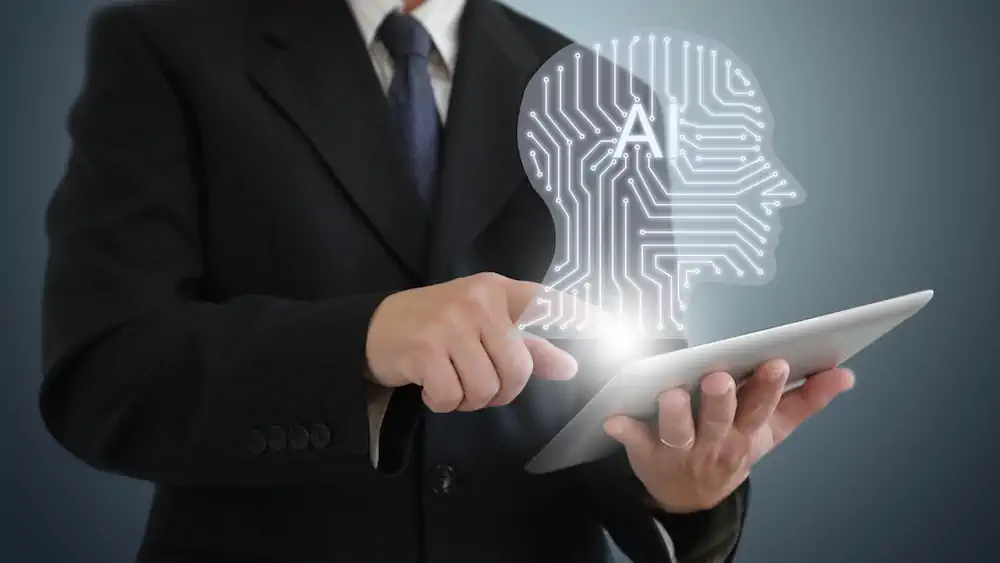
When we introduce AI into the fabric of music creation, we inch into a domain teeming with ethical considerations. The use of AI-driven chord progression tools isn’t just a matter of convenience; it touches on deep questions around authorship and originality. As artists start to incorporate suggestions from these tools, they may wonder: who truly ‘owns’ the music?
Let’s consider authorship. Traditionally, the creation of music is a reflection of one’s thoughts, emotions, and experiences. When AI contributes to this process, it blurs the line between the artist’s input and the machine’s output. Do algorithms have copyright? Hardly. But the artists using them must be cautious – they’re ultimately responsible for ensuring that their work doesn’t infringe on existing copyrights, intentionally or not.
Ethical implications extend to how these tools may reshape the musician community. Will they democratize music production by providing access to those without formal training? Or could they lead to a homogenization of music, where AI-recommended chord progressions reduce the variety and uniqueness in songs? This question is hotly debated amongst musicians and academics alike.
Moreover, there’s a sense of caution that I share with many in the industry about how reliant we become on these tools. While they offer incredible advancements, we must not lose the intrinsic human element that gives music its soul. As we use AI, we should be mindful to let it supplement rather than dictate our creativity. It’s a tool, not a replacement.
The discussion around AI in music thus becomes a matter of balance – leveraging technology’s benefits while remaining vigilant about its influence on authenticity and creative ownership. As creators, our challenge is to navigate this landscape with integrity, respecting the past while embracing the future of music composition.
Improving Your Skills: Human-AI Collaboration in Music
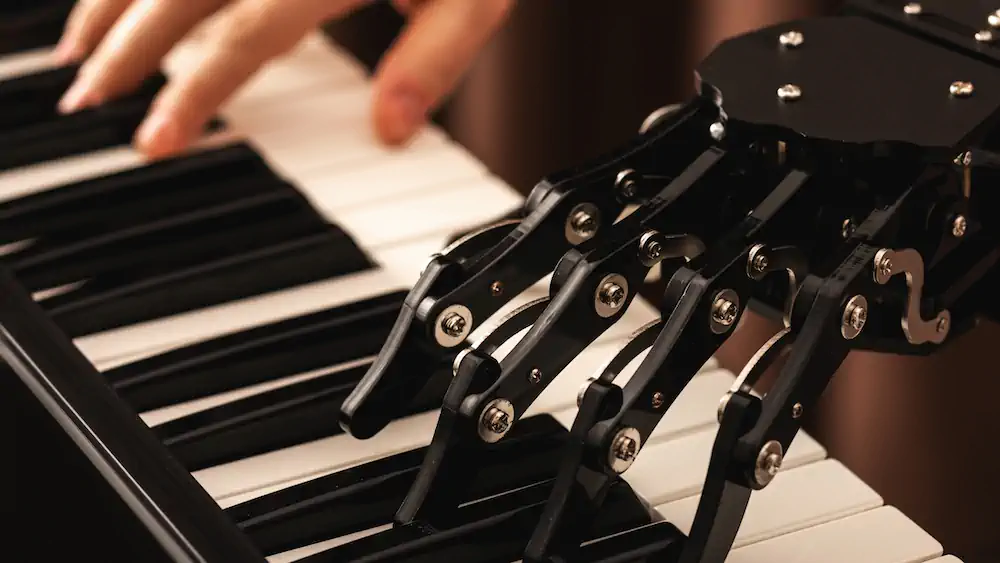
Picture a musician, instrument in hand, ready to write the next chart-topping melody. Now imagine this artist has an ace up their sleeve \’ an intelligent assistant that suggests chord progressions based on years of music theory and data analysis. That’s where the collaboration between humans and AI in music truly shines.
The key here is the word ‘collaboration’. Musicians direct the AI, using it as a tool to bring their vision to life. By offering chord progressions that a composer might not consider, AI opens up new avenues for creativity. Think of it as a form of musical brainstorming, with AI contributions sparking more ideas.
Musicians can also learn from these AI-generated suggestions. By studying the chord progressions an AI proposes, artists can enhance their own understanding of music theory. I’ve spoken to musicians who’ve found themselves exploring scales and modes they’d previously ignored, thanks to AI nudging them in new directions.
What starts as an exercise in utilizing AI can unexpectedly become a master class in music theory. As musicians interact with these tools, they often pick up new skills and techniques, eventually crafting better, more complex compositions.
It’s not just about having an algorithm spit out options; it’s about the musician selecting the best of those options and possibly tweaking them to fit within the artistic vision of the piece. The true beauty of this partnership lies in the amalgamation of AI efficiency with human intuition and emotion.
But what do these collaborations look like in real soundscapes? Examples include a producer who stumbles upon an unconventional chord progression that sets the foundation for an entire album, or a songwriter who discovers a sequence that perfectly conveys the emotion of their lyrics. Every now and then, musicians share how a simple AI suggestion led to their most popular work.
This dance between AI suggestions and human intuition sets the stage for our next discussion: how musicians’ experiences with AI-generated chord progressions shed light on the practical side of this technological innovation.
The User Experience: Musicians’ Testimonials on AI Chord Progressions

I’ve seen firsthand how AI chord progression tools have reshaped workflows and sparked creativity among my peers. Musicians, ranging from bedroom producers to established artists, have shared their experiences, and there’s a lot to learn from them.
Take, for example, a jazz pianist who embraced an AI tool as a collaborative partner, spurring fresh approaches to improvisation. Or consider the pop songwriter using AI to quickly explore different chord variations, finding unique progressions that would’ve taken hours to discover otherwise.
Of course, it’s not all standing ovations. Some musicians express a certain wariness, concerned that reliance on AI might dilute the personal touch in their compositions. Yet, when AI is seen as a source of inspiration, rather than a replacement for creativity, many skeptics become advocates.
The diversity in responses also hinges on genre. Electronic musicians, often already immersed in technology, might be more welcoming, while those rooted in traditional forms like classical or folk might approach with more caution. The varying acceptance levels underscore the versatility and adaptability of these AI tools across different styles of music.
Delving into these case studies also reveals the practical challenges: interfacing with the software, integrating suggestions into a pre-existing process, and the learning curve that comes with any new tool. Despite these hurdles, musicians who navigate them well often find that AI can become a catalyst for innovation.
The Future of AI in Music: Potential Developments and Industry Impact

I’ve discussed the current state of AI in music composition, but what about the horizon? We’re on the cusp of a new era where technology’s role in art is not just accepted but expected. The industry is poised for significant disruption as AI continues to evolve.
Innovations in AI are progressing at a breathtaking pace. Music production tools will likely become more intuitive, predicting not just chord progressions but styles and instrumentation that complement a musician’s unique sound. AI might soon analyze trends to suggest the direction an artist could take to stay ahead of the curve.
Educational applications are another exciting frontier. Imagine a world where aspiring musicians have a tireless AI companion offering personalized advice to develop their skills. This could democratize music education, making it accessible to those who might have previously been excluded.
However, with evolution comes concern. The pressure on indie artists and labels could grow, as mainstream industry players might leverage sophisticated AI to churn out hits with mathematical precision. The real challenge will be maintaining authenticity and emotional connection amidst the analytics.
Equally important is the conversation on AI-generated music’s legal ramifications. As the line blurs between AI assistance and AI creation, copyright laws will need to keep pace. Issues like royalties and authorship will need clear stances and regulations.
Finally, we must consider the emotional aspect of music. Can an algorithm truly capture the heart and soul that a human injects into composition? As AI grows more advanced, it may offer compositions that resonate on a human level, but will they ever replace the irreplaceable human touch? Only time will tell.
Conclusion: Harmony between Man and Machine
We’ve looked at how AI-driven chord progression tools are reshaping the landscape of music composition. Like any tool, they’re designed to enhance our capabilities, not replace the human touch that’s essential to creativity.
At their best, these AI systems act as collaborators, bringing new ideas to the table that can inspire and challenge us. They push us to explore realms of music we might not venture into on our own.
It’s important for us to remember that music is an expression of emotion, a universal language that resonates with everyone. While AI can suggest a sequence of chords, it’s the musician who breathes life into those chords, transforming them into a piece that can touch the soul.
If you’re a musician, I encourage you to see AI as a partner in your creative process. Embrace the technology, experiment with it, and find out how it can serve your vision. AI tools have the potential to serve as a stepping stone for learning, growth, and unparalleled creativity.
As we wrap up, remember that the harmony between man and machine doesn’t dilute the value of music—it enhances it. By working together, we can forge new paths in the realm of music and continue to create works that celebrate the depth of human experience.
MORE

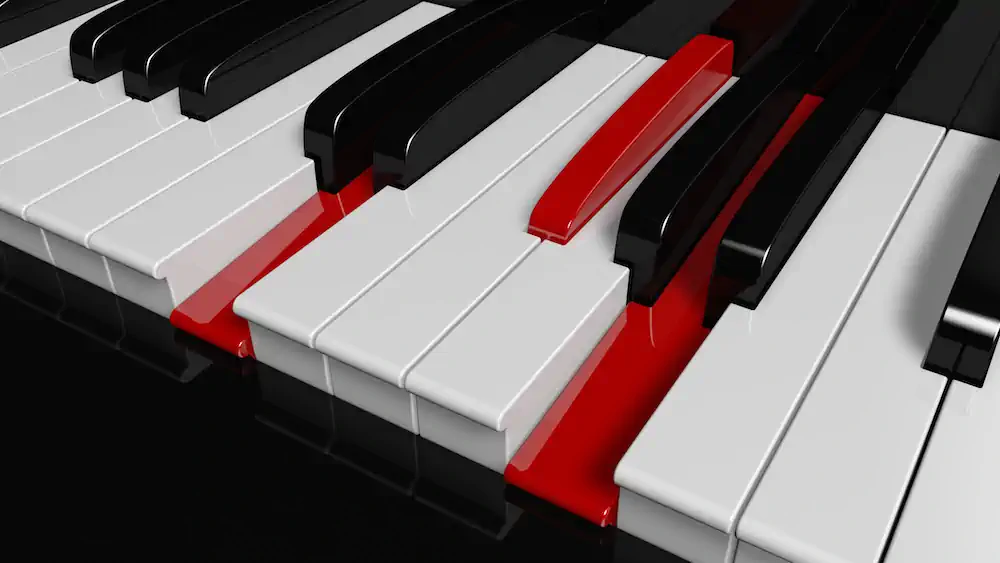
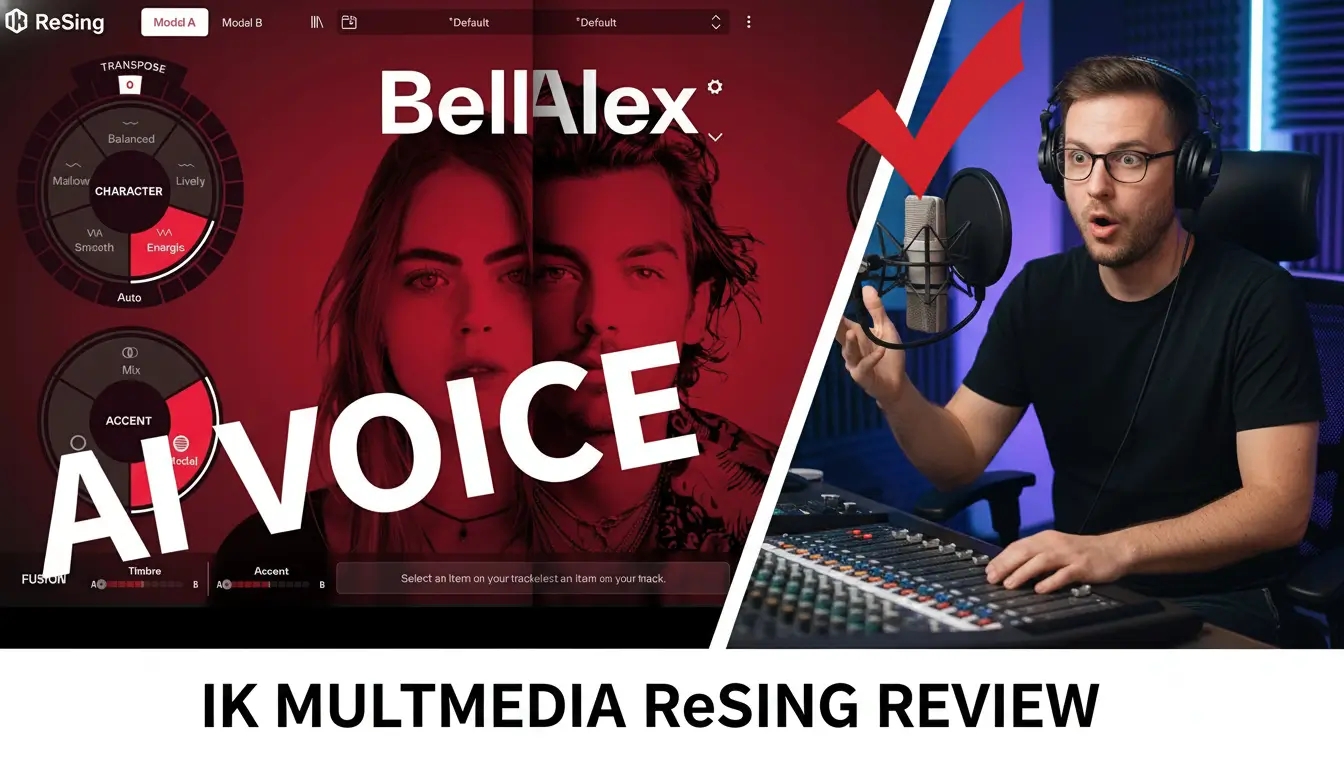
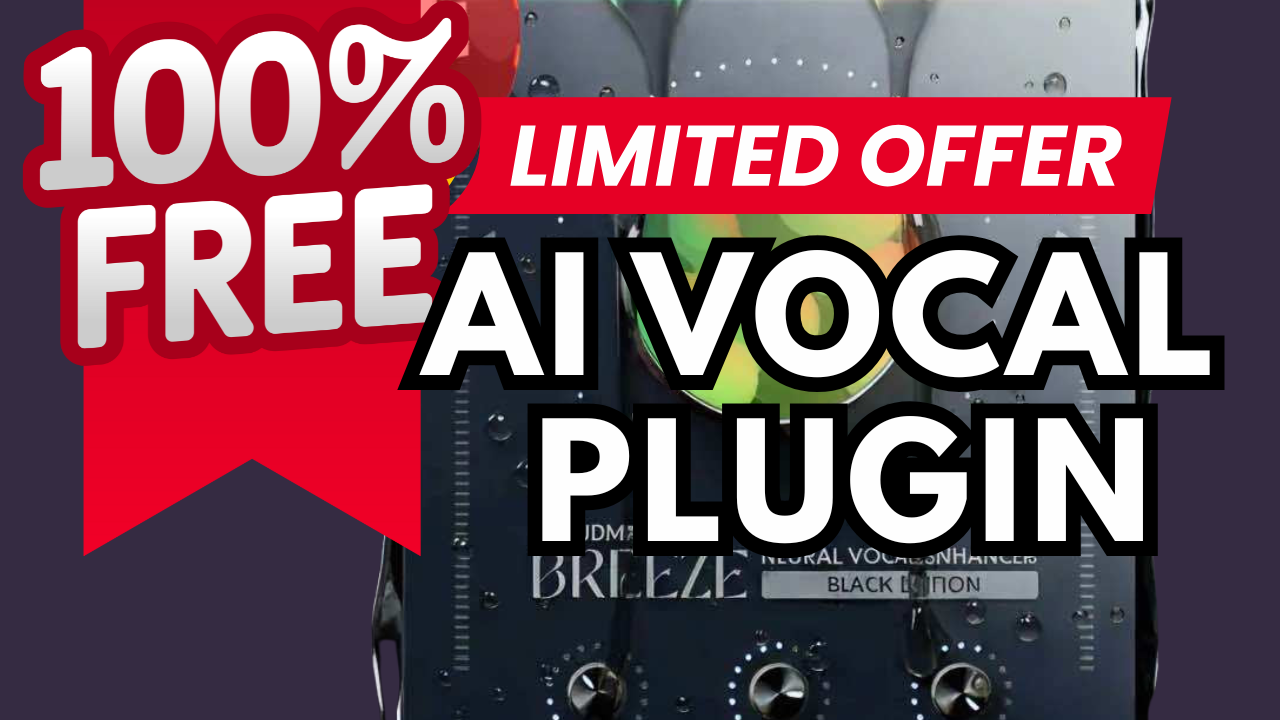
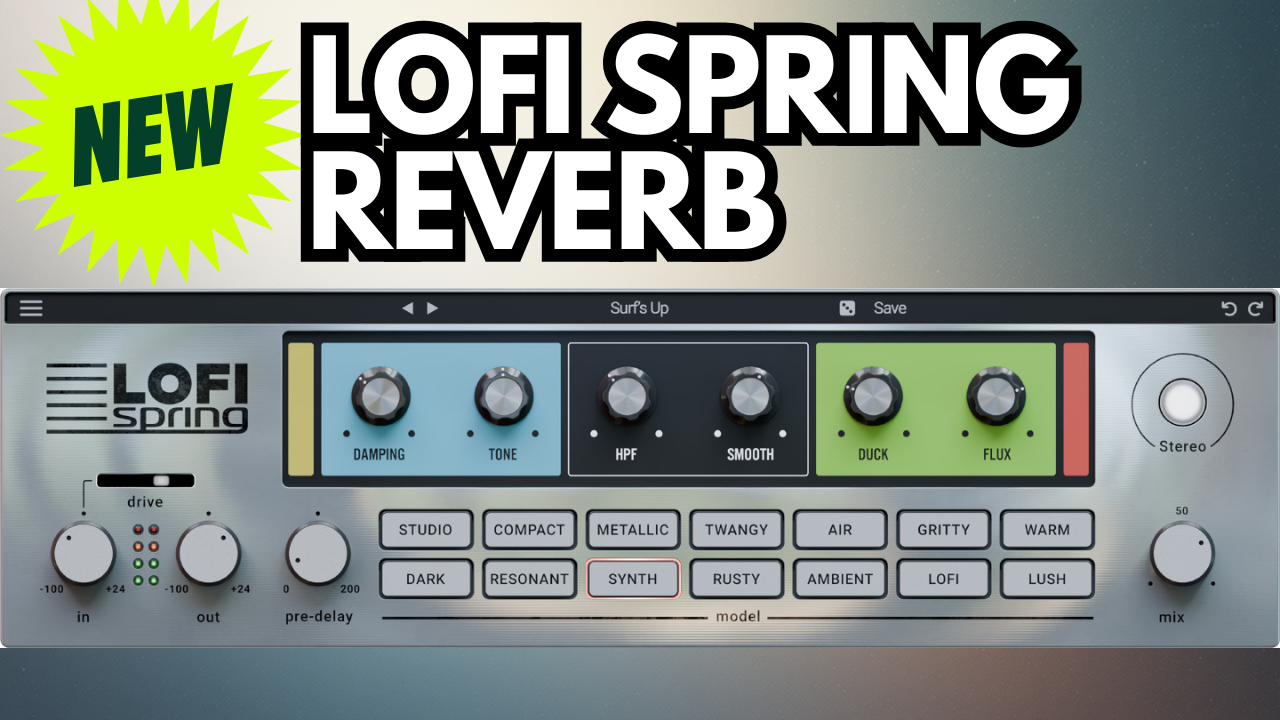
Leave a Reply